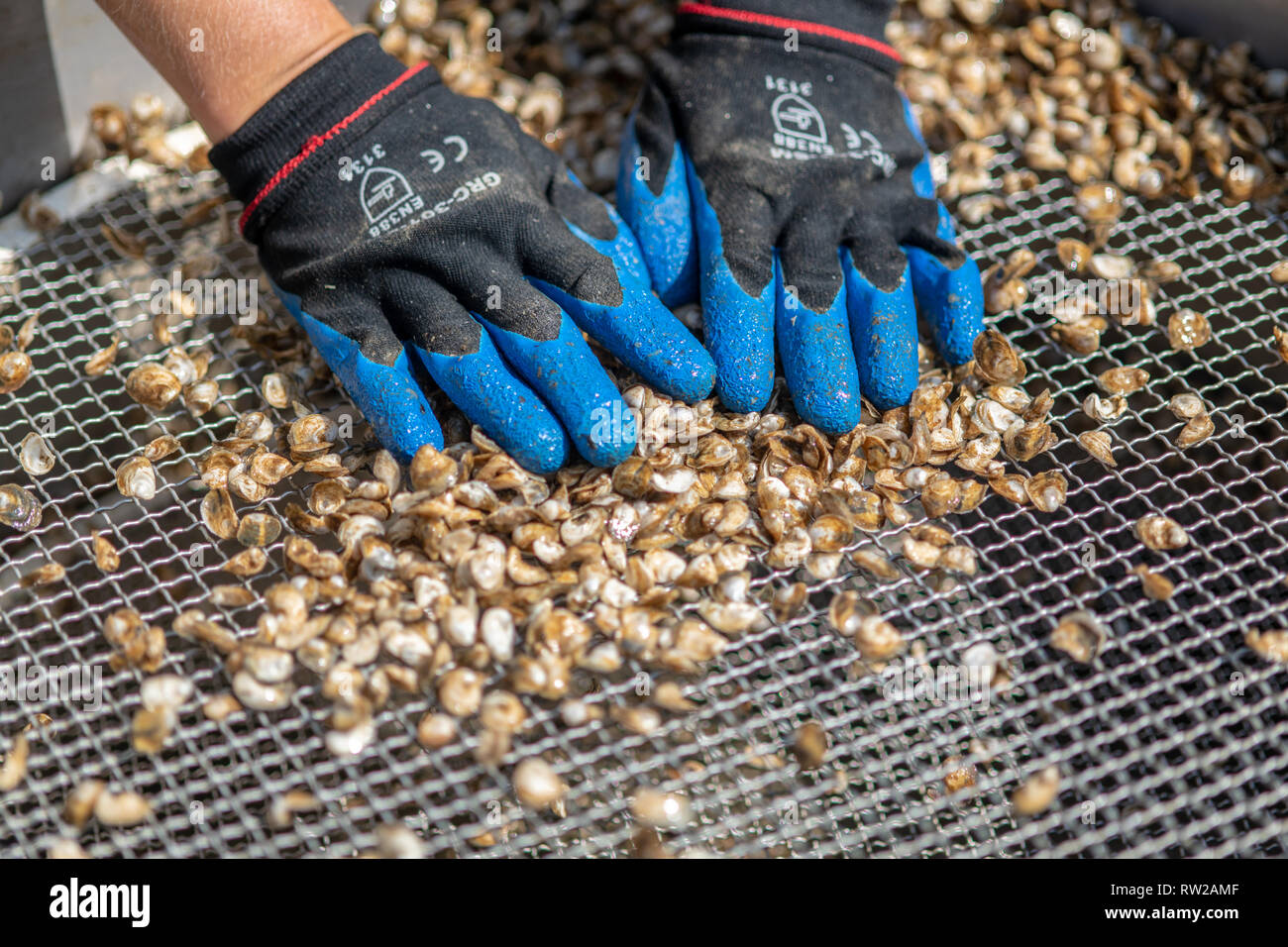
These results suggest that nutritional requirements of cultivated spat for specific fatty acids of physiological importance for marine bivalves, such as: 16:0, 16:1n-7, 18:2n-6, 20:4n-6, 18:3n-3 and 20:5n-3, were satisfied from microalgal diets with Ch-A, alone or in combination, compared with spat fed from the field culture.Effective population size ( N e) is an important concept in population genetics as it dictates the rate of genetic change caused by drift. N e estimates for many marine populations are small relative to the census population size. In a large population may indicate high reproductive variance or sweepstakes reproductive success (SRS). The eastern oyster ( Crassostrea virginica) may be prone to SRS due to its high fecundity and high larval mortality. To examine if SRS occurs in the eastern oyster, we studied N eĪnd genetic variation of oyster populations in Delaware Bay.

Slight genetic differences were revealed by Fst statistics between the adult populations and spat Adult and spat oysters were collected from five locations in different years and genotyped with seven microsatellite markers. Recruits, while the adult populations are spatially homogeneous and temporally stable. N e estimates obtained with five different methods were Comparisons of genetic diversity and relatedness among adult and spat samples failed to provide convincing evidence for strong SRS. Variable, small and often without upper confidence limits. For single sample collections, N e estimates for spat (140–440) were consistently smaller than that for adults (589–2,779). These results suggest that N e may be small for a given spat fall, but the entire adult population may have large N e and is temporally Analysis of pooled adult samples across all sites suggests that N eįor the whole bay may be very large, as indicated by the large point estimates and the lack of upper confidence limits. Stable as it is the accumulation of many spat falls per year over many years. An inverse relationship between mud crab size and NCE strength in the TMII. We regret to announce that the Journal of Marine Research-one of the oldest peer-reviewed journals in American marine science-will cease publication with Volume 79 as of December 31, 2021. 30 loose juvenile oysters (15 spat, 15 mm shell height (SH) and 15 seed. Therefore, the Journal of Marine Research is no longer accepting manuscript submissions, new subscriptions, or subscription renewals for 2022.

All current paid subscriptions will be honored and accessible through March 2022.

Back issues of all volumes since inception are available here and from the publisher's website. The Journal of Marine Research has published papers on physical, biological, and chemical oceanography vital to the academic oceanographic community for almost 80 years in the long and rich tradition of the Sears Foundation for Marine Research at Yale University.


 0 kommentar(er)
0 kommentar(er)
